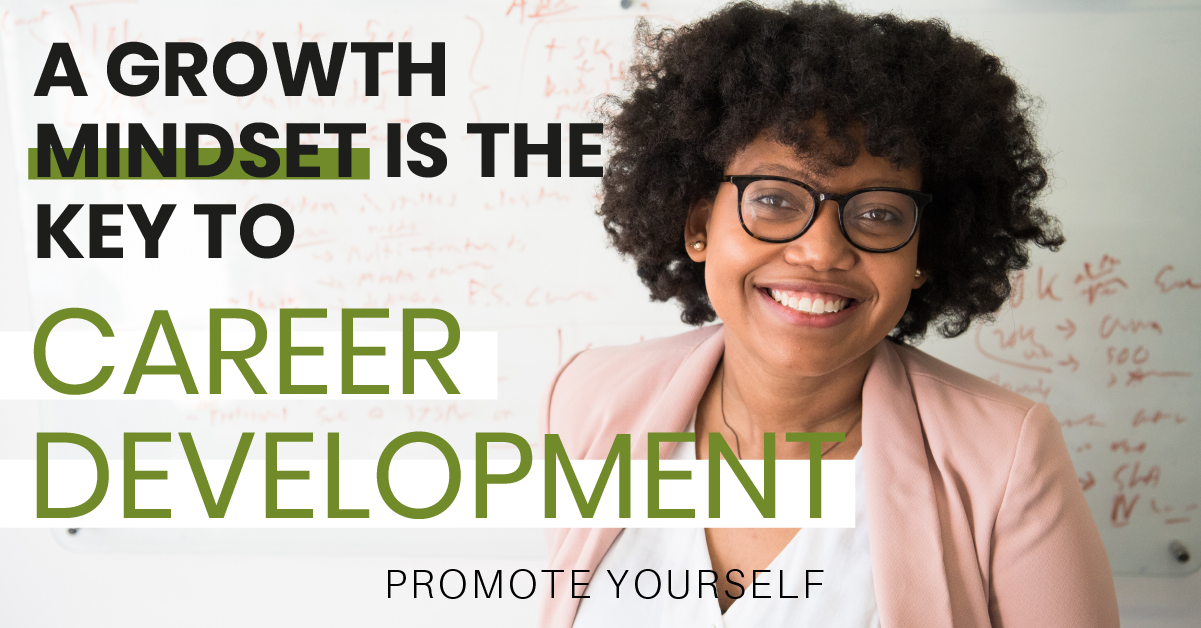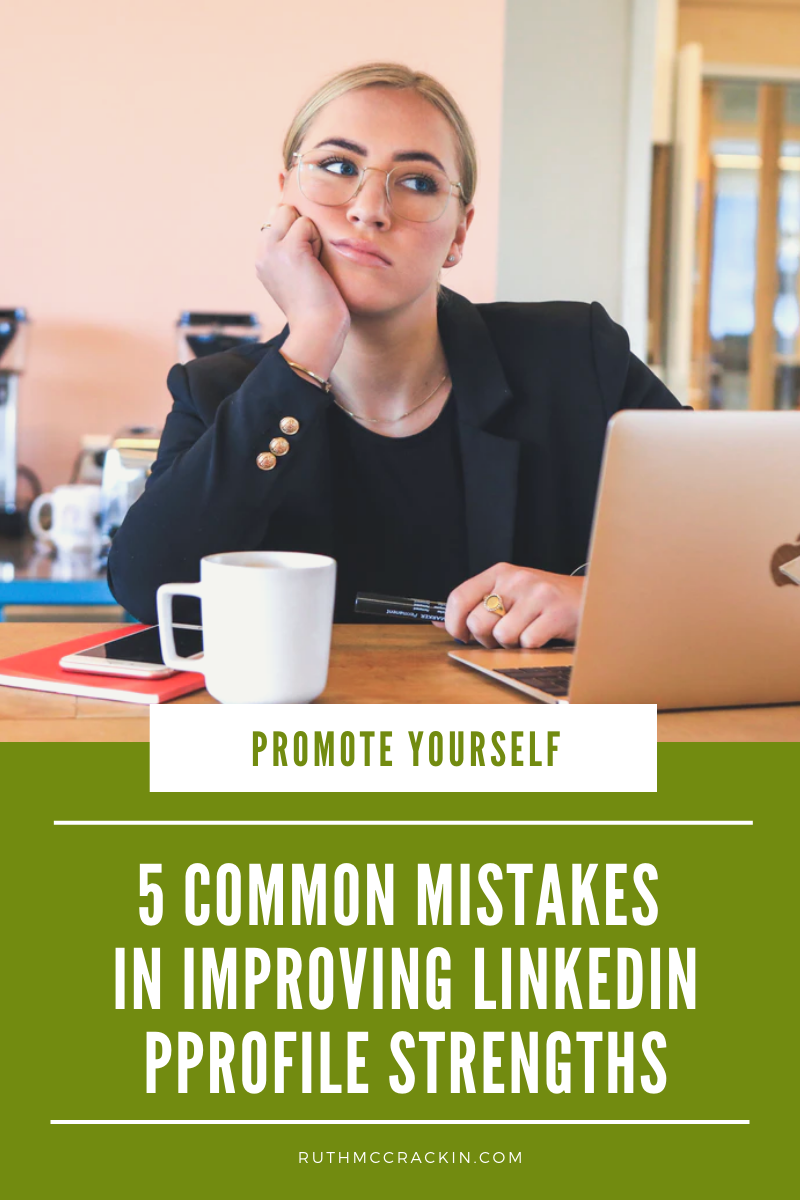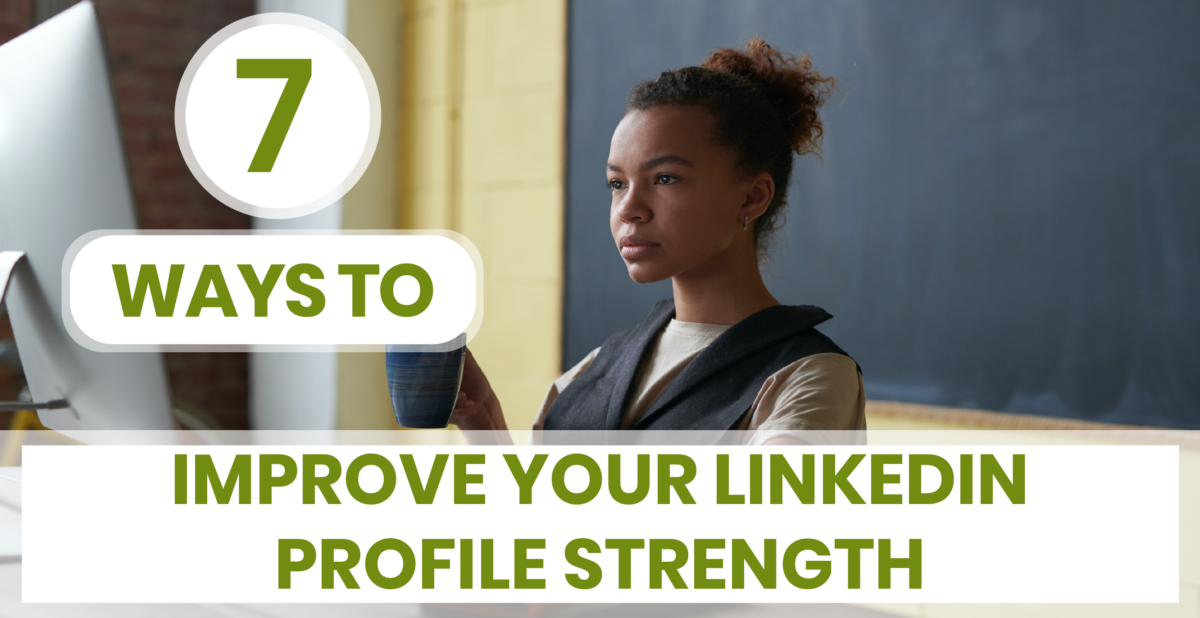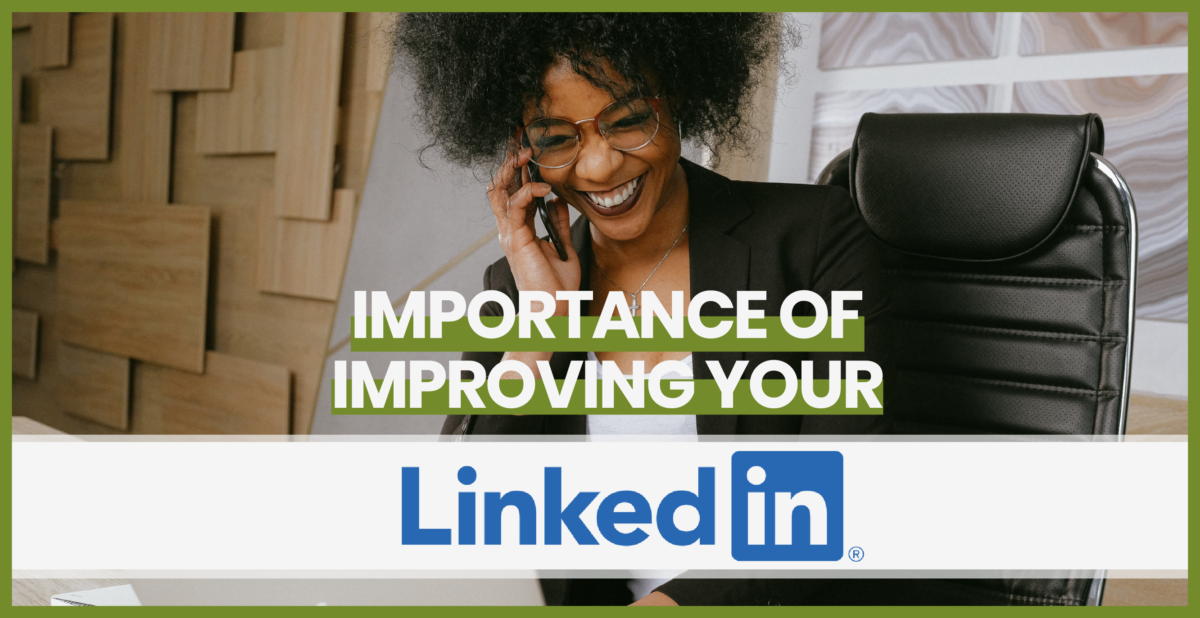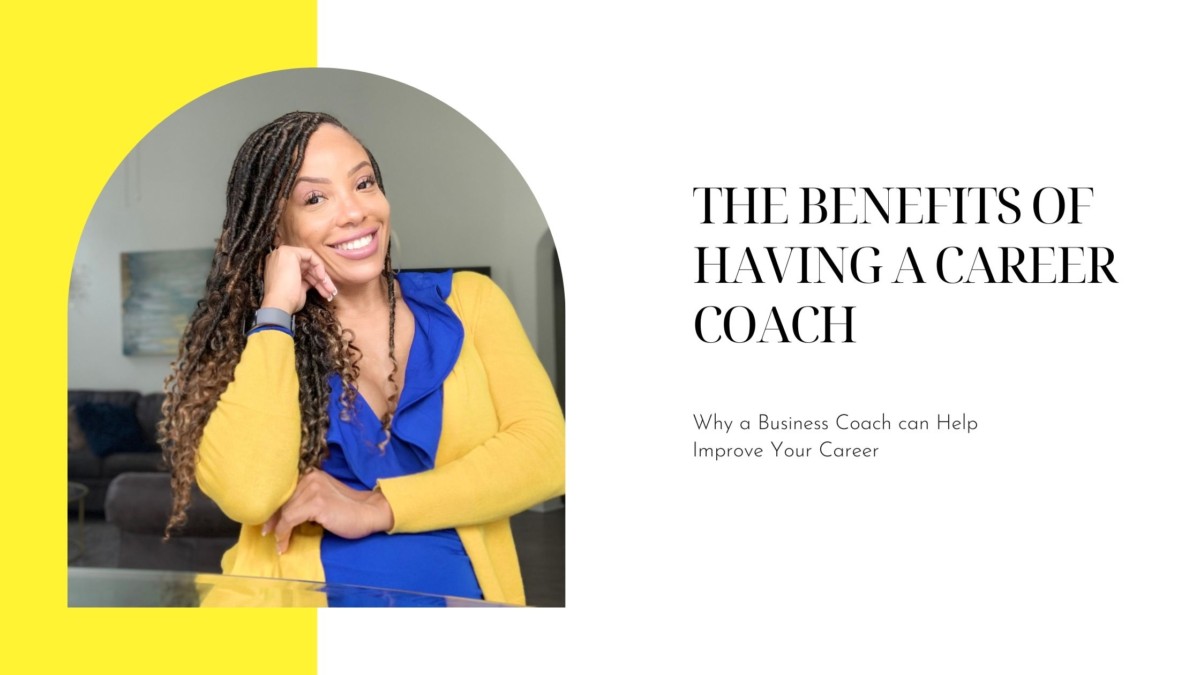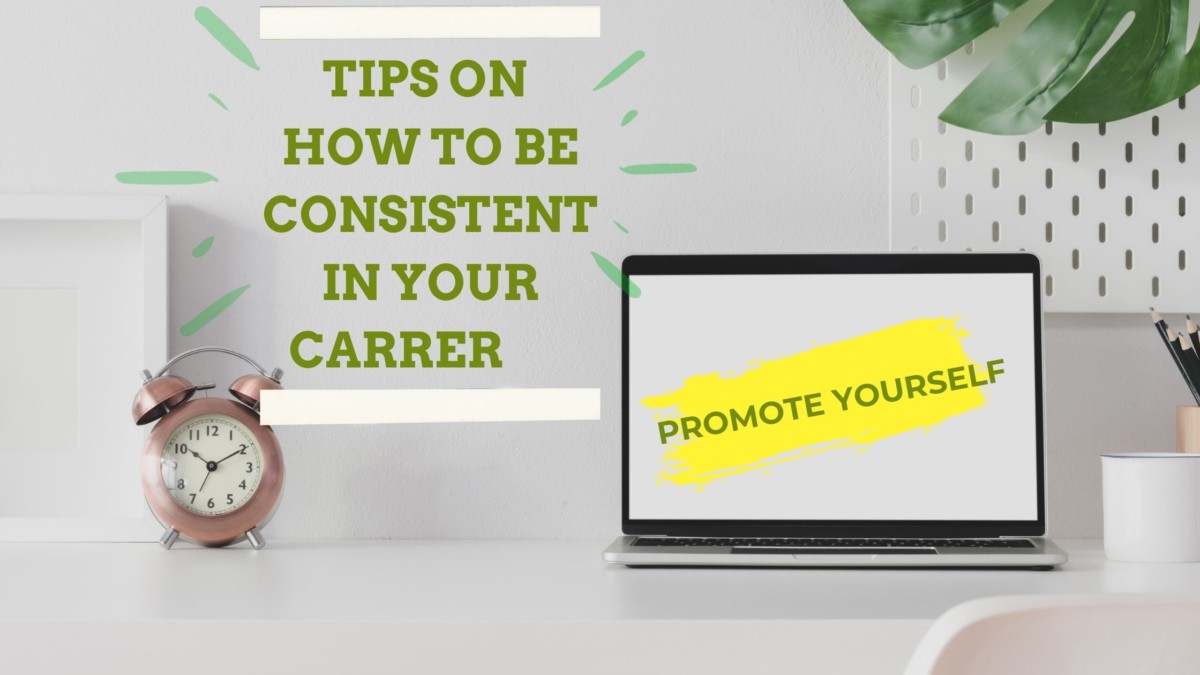A GROWTH MINDSET IS THE KEY TO CAREER DEVELOPMENT
Planning for your career is exciting but tricky. As you continue on this journey, remember that adopting a growth mindset can help you get a job, excel in your new career, and uncover opportunities in your career as you grow.
In particular, a good mindset allows you to approach your new career with positivity while opening up new possibilities.
Adaptability has always played a key role in workplace success. But it seems like now more than ever, our careers require us to be constantly evolving. The pace of change is accelerating. To succeed in any industry, and to be ready to take part in the next evolution of it, professionals must grow and develop.
One challenge to growth and career development in organizations is that many employees assume they are not capable. We tell ourselves, ‘I’m not a leader.’ ‘I’m not very creative.’ ‘Spreadsheets are not my strong suit’. Or worse, managers assume their employees are not capable and don’t have the potential to progress.
That’s not the case. We can take control of our own development with the right mindset.
Carol Dweck calls this having a “growth” mindset (vs. a “fixed” one). She says that it’s not intelligence, talent, or education that sets successful people apart. It’s their mindset or the way that they approach life’s challenges.
In this post, I’ll show you the meaning of Dweck’s idea of mindset, how a “fixed mindset” can hold people back, and how a “growth mindset” can help them progress.
What is Mindset?
Mind-set is the view that you adopt for yourself that determines the way you live your life, see the world and make decisions. It is essentially your particular perspective or the way you view the world. In short, it’s the way your perceptions or your beliefs about your abilities and qualities shape the way you operate.
Think about some of your talents or qualities. Are you creative? Do you have musical abilities? Are you intelligent? Wise?
The way you answered those questions says a lot about your mindset and how you view yourself and the world around you. Your mindset is not a small thing. It’s responsible for what shapes your reality, shaping your entire perception of what’s attainable and what’s out of your reach.
The Fixed Mindset
People with a fixed mindset believe they “are who they are” and were born with a set level of talent, intelligence, and even interests. Because of this, they’re more likely to seek out opportunities and situations that affirm these views. For example, they will do the same job over and over to receive praise and believe that talent alone—not effort—is the source of success.
They are keenly interested to know whether they have succeeded or failed. But they show no interest when offered help to learn from their mistakes. They don’t believe they can improve so they don’t try.
Because of this people with a fixed mindset may feel an urgency to prove themselves again and again. They tend to avoid challenges, give up easily, and ignore useful constructive feedback. Striving for success and avoiding failure at all costs become a way of maintaining the sense of being smart or skilled.
The Growth Mind-set
People with a growth mindset believe they can develop their abilities so they invest energy in learning. They’re more likely to seek out situations to experiment and see failure as an opportunity to grow. They seek input from others, try different strategies and gain insights from their mistakes. They use feedback and mistakes as opportunities to improve while enjoying the process of learning and becoming more productive.
By seeking opportunities, people with a growth mindset succeed more and achieve great things in their careers. Belief leads to action, which in turn leads to success. That success reinforces the belief so it creates a virtuous circle of progress.
Implications for Career Development
When it comes to developing their careers, people with different mindsets are likely to respond differently. Let’s say you have two employees on your team,
The fixed mindset employee will be more likely to resist career conversations. They may say they’re happy in their current role and don’t want to progress. They’ll stick to doing the job they know, working with people and techniques they’re familiar with. And will be averse to trying new things because they want to avoid challenges for fear of failure.
The growth mindset employee, on the other hand, believes that they can develop their talents and abilities. They’ll be more likely to engage in career conversations and search out opportunities. They will try new challenges and responsibilities even though they may not be good at it right away. It will take work and it might not be the right choice. But they’ll learn from it anyway and progress in the long run.
The marriage of a growth mindset with a commitment to learning is a powerful combination for career development. Most people operate with both fixed and growth mindsets. The key is to understand when a fixed mindset is holding someone back and to help them become more growth-minded.
If you want to learn more go and Book a Free Call Here!
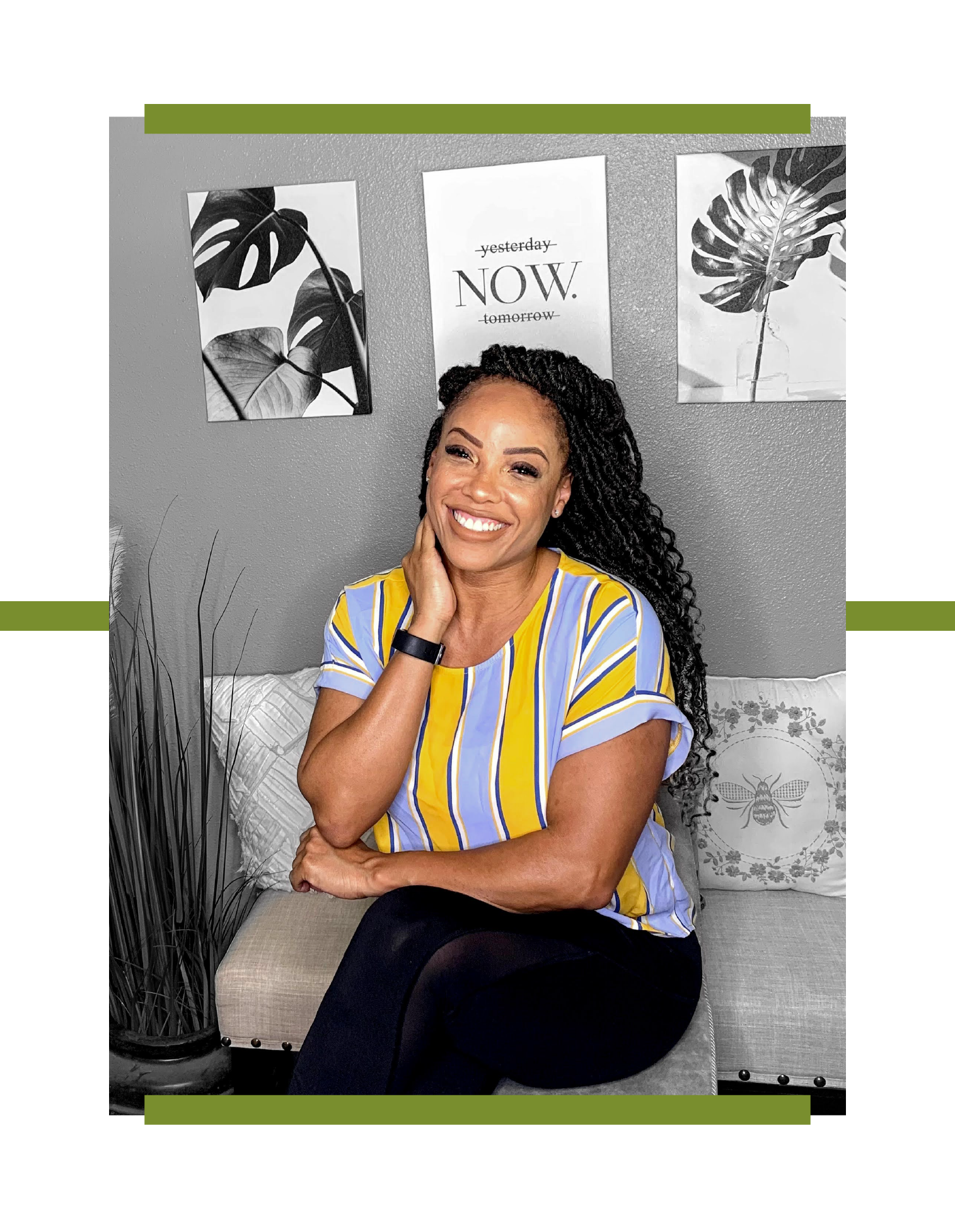
Hi, I am Ruth McCrackin! Your Career & Success Strategist Coach with well over 11 years of experience working hand in hand with Human Resources and Business Partners in achieving company goals and mission. It is my wish for high achievers to getting their high-end position in attracting their dreams and passion. Avoid the loop holes of missing great opportunities by applying job search strategies, LinkedIn Branding, storytelling, and much more to up level your career and lifestyle. Start Your Transformation Now!

